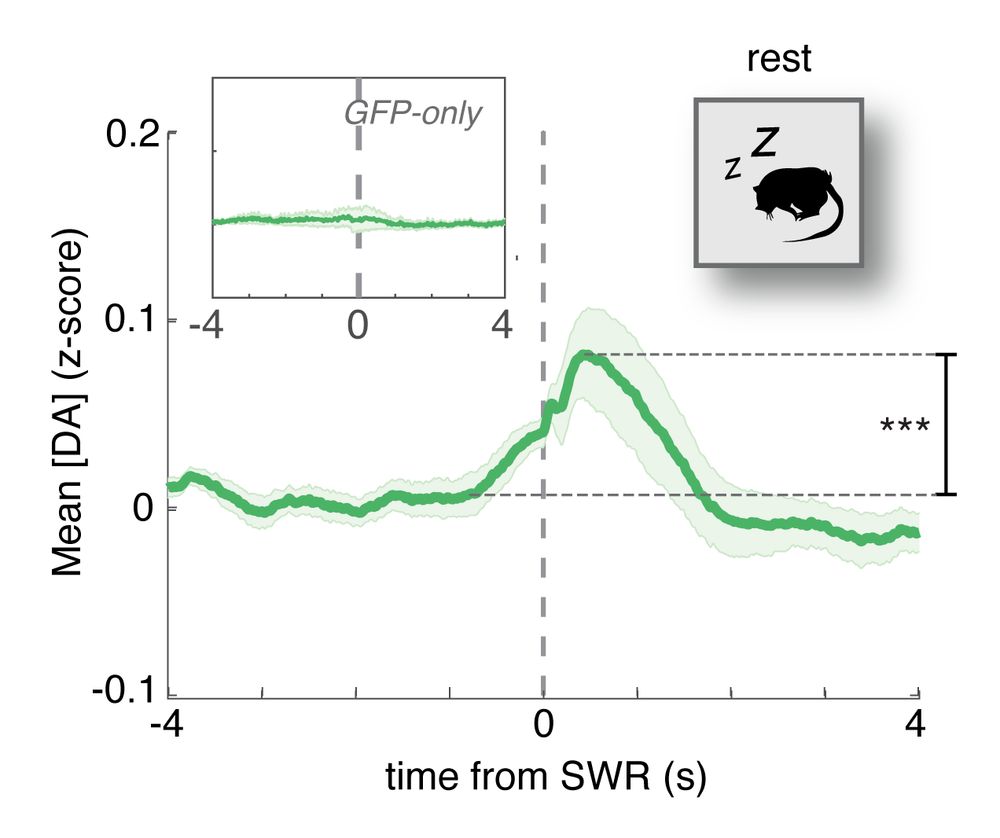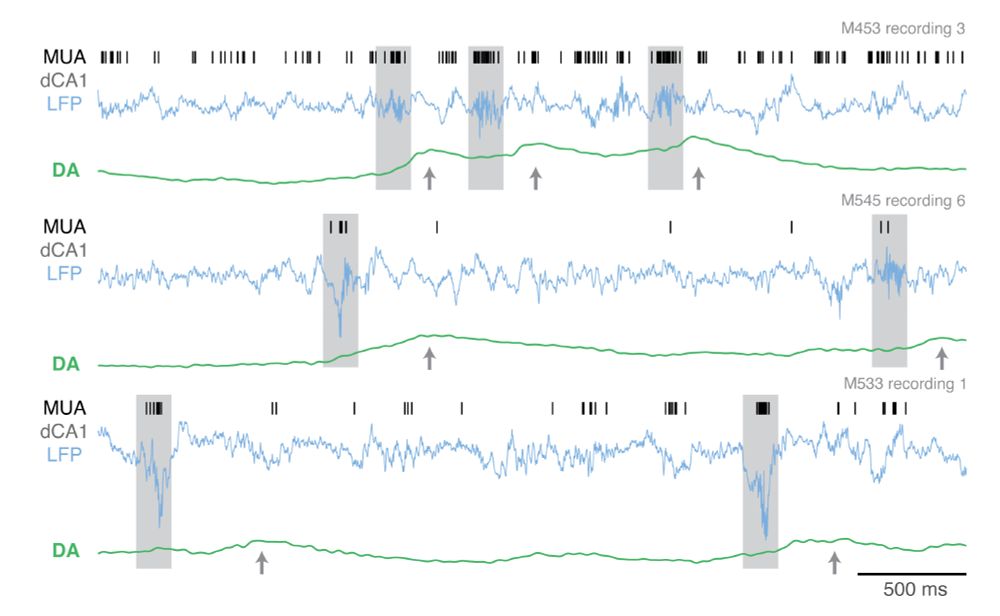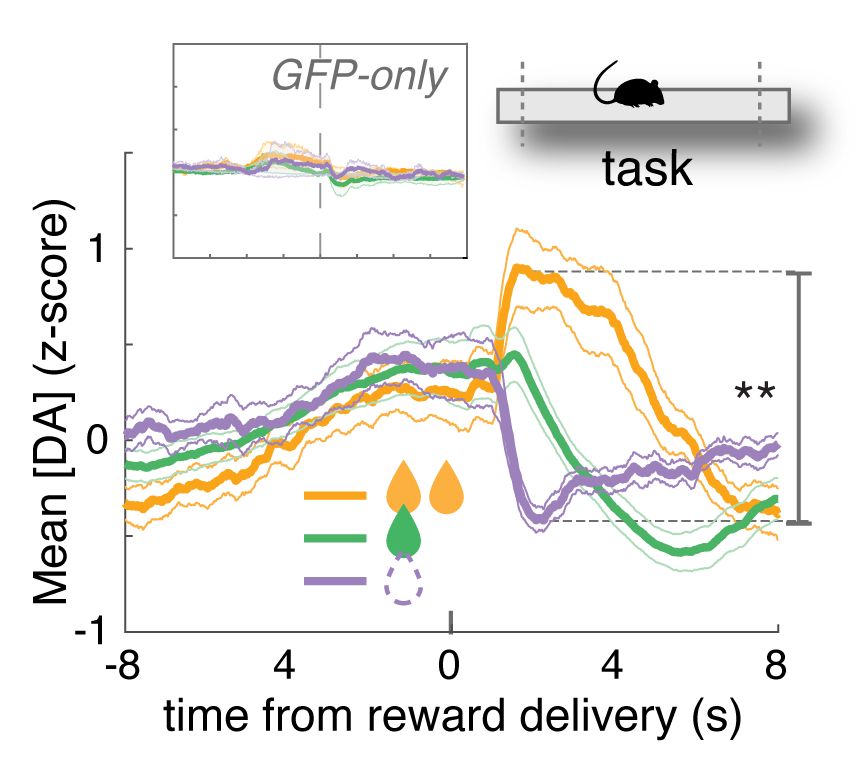Miriam Janssen
@mimijanssen.bsky.social
30 followers
60 following
10 posts
Grad researcher in the MVDM lab @Dartmouth studying value learning and memory | NSF grfp & E.E. Just grad fellow 🐭🐵🐀
Posts
Media
Videos
Starter Packs
Reposted by Miriam Janssen





